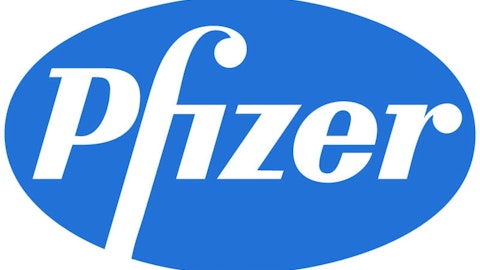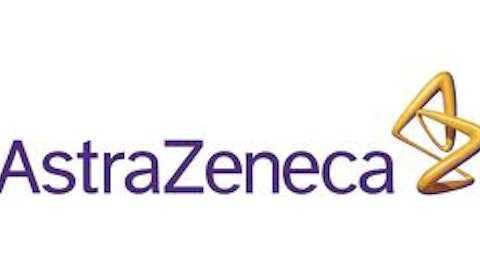After the FDA move, shares of Vanda Pharmaceuticals Inc. (NASDAQ:VNDA) surged 44% on July 30. However, Vanda is currently unprofitable, and its only other approved drug is its schizophrenia treatment Fanapt, so investors should consider the stock a very speculative one.
Turning off the brain at the source
Vanda Pharmaceuticals Inc. (NASDAQ:VNDA)’s success is a stark contrast to pharma giant Merck & Co., Inc. (NYSE:MRK), which hit a roadblock in early July after the company’s insomnia drug, suvorexant, was found to only be safe in lower doses. Suvorexant is part of a new class of insomnia treatments known as orexin receptor antagonists, which block the neurotransmitters in the brain that keep a person awake. This is a stark contrast to the targeting of GABA and melatonin receptors that other insomnia drugs usually use – suvorexant turns off wakefulness rather than inducing sleep.
Merck & Co., Inc. (NYSE:MRK) originally proposed that elderly patients start with 15 mg doses, upping the dosage to 30 mg if necessary, while non-elderly adults should start at 20 mg and increase it to 40 mg if needed. However, the FDA determined that doses between 30 to 40 mg were unsafe for approval, although a starting dose of 10 mg with an upper limit of 15 to 20 mg would be safe. The FDA decision severely limits Merck & Co., Inc. (NYSE:MRK)’s intended use of the drug, and has forced the company to go back to the drawing board to release a lower dosage version instead.
Although that setback was disappointing, it won’t hurt Merck & Co., Inc. (NYSE:MRK) too much in the long run. ISI Group analyst Mark Schoenebaum estimates that a one-year delay for suvorexant will only impact the company’s fiscal 2018 estimate by 0.25% to 0.60%.
The Foolish Bottom Line
Treatments for chronic insomnia will always be in high demand. Whether it’s mainstream “Z-drugs”, circadian rhythm treatments, or new treatments that block neurotransmitters, there’s always a new development to follow in this highly competitive market.
For now, the main treatment to follow is Vanda’s tasimelteon, which will face no competition whatsoever if it is approved. Investors should also keep an eye on Lunesta’s upcoming patent expiration, which could boost the revenue of generic drug manufacturers looking to get their hands on a new Z-drug for insomnia. As long as people prefer these more potent sleep aids over a glass of warm milk, the insomnia industry will continue to thrive, and biotech investors should stay on top of these developments.
Leo Sun has no position in any stocks mentioned. The Motley Fool has no position in any of the stocks mentioned.
The article Sleep War Z: A Written History of the Insomniac War originally appeared on Fool.com and is written by Leo Sun.
Leo is a member of The Motley Fool Blog Network — entries represent the personal opinion of the blogger and are not formally edited.
Copyright © 1995 – 2013 The Motley Fool, LLC. All rights reserved. The Motley Fool has a disclosure policy.



